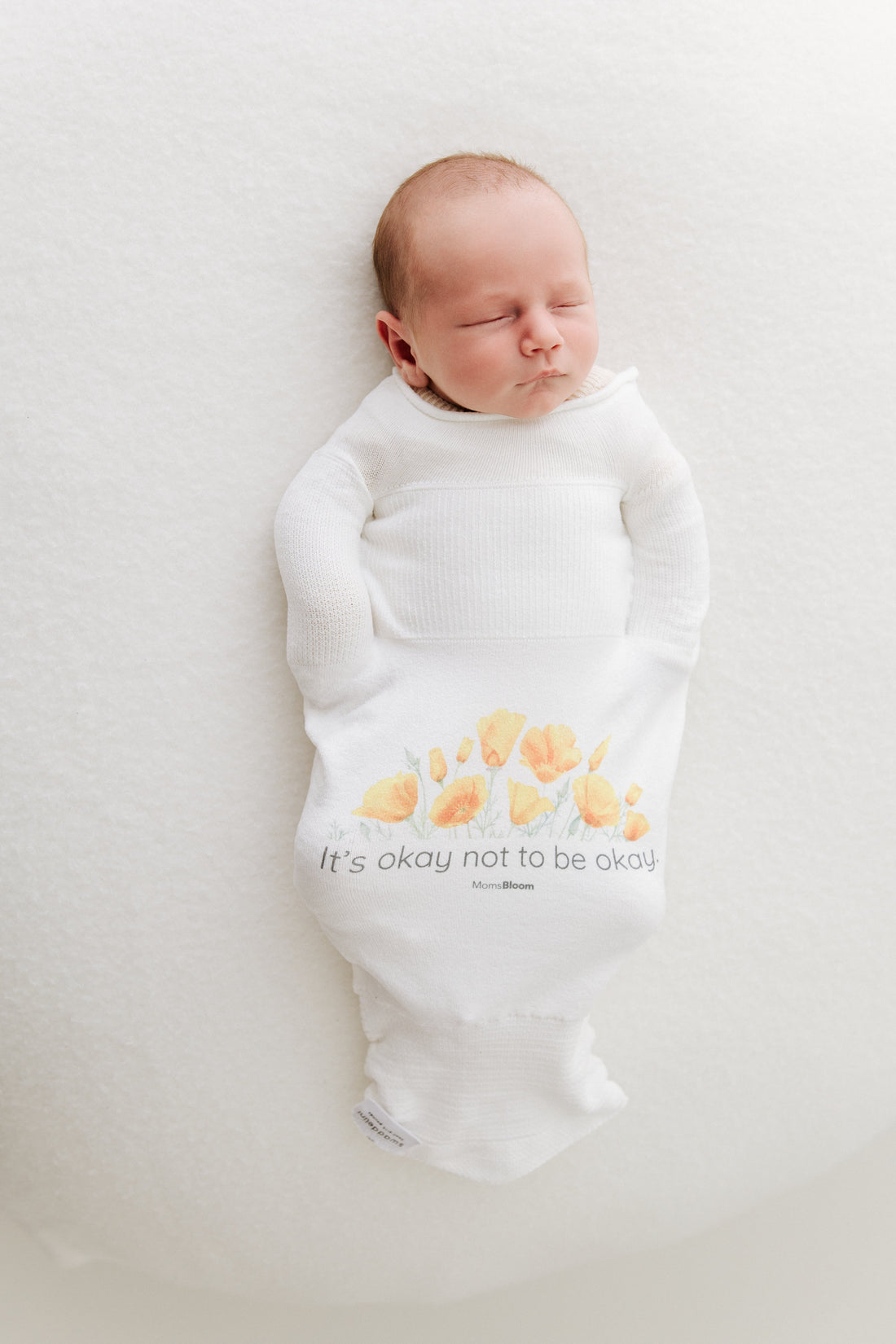Is Your Baby Safe While Sleeping?
When you bring your baby home, sleep quickly becomes the center of your world. You want your newborn to rest soundly, but most of all, you want them to be safe while they sleep. That’s why one of the most common questions new parents ask is:
“Is swaddling safe for my baby?”
The short answer is yes. When done correctly and with the right materials, swaddling can help your baby sleep longer and feel more secure. But let’s break down exactly what pediatricians recommend, so you can swaddle with confidence.
Why Swaddling Helps Newborns Sleep
Newborns have a reflex called the startle reflex, or Moro reflex. This is an involuntary movement. It makes them suddenly flail their arms or legs, and can often wake them up. Swaddling mimics the cozy comfort of the womb and helps calm that reflex, allowing babies to sleep longer stretches.
According to the American Academy of Pediatrics (AAP), swaddling can be a helpful way to soothe fussy infants and promote sleep — as long as it’s practiced safely.
Pediatrician-Approved Swaddling Safety Tips
Here’s what pediatricians recommend for safe swaddling at home:
1. Always Place Your Baby on Their Back
Every nap, every night. A sleep sack like the Swaddelini is designed to be used this way.
The AAP emphasizes that babies should always sleep on their backs, swaddled or not. This is the single most effective way to reduce the risk of Sudden Infant Death Syndrome (SIDS).
2. Use a Breathable, Stretchy Fabric
Tightly wrapping a baby in thick or non-breathable fabric can cause overheating — one of the biggest safety risks.
Opt for lightweight, breathable materials like bamboo or cotton knit that keep baby cozy but allow airflow.
(The Swaddelini is made from soft, 3D-knit fabric designed to stretch and move with your baby — hugging them gently without restricting breathing or movement.)
3. Keep the Hips Loose
Swaddles should allow babies to move their legs freely and bend naturally at the hips. The International Hip Dysplasia Institute recommends ensuring the legs aren’t forced straight down. A well-designed swaddle like the Swaddelini keeps the upper body snug but leaves room at the bottom for natural movement.
4. Stop Swaddling Once Baby Shows Signs of Rolling
Safety guidelines are clear: once your baby starts trying to roll (typically around 2–3 months), it’s time to transition.
Rolling while swaddled can increase the risk of suffocation. At this stage, switch to an Arms Out Swaddelini.
5. Keep Loose Blankets Out of the Crib
Even if your baby seems chilly, avoid placing loose blankets, pillows, or stuffed toys in the crib. A wearable swaddle or sleep sack keeps baby warm without risk of suffocation.
Common Myths About Swaddling (and the Truths Behind Them)
Myth: “Swaddling makes babies too dependent on being wrapped.”
Truth: Swaddling is a temporary comfort tool. As your baby grows and their startle reflex fades, they’ll naturally adjust to sleeping without it.
Myth: “Tighter is safer.”
Truth: Overly tight swaddles can restrict breathing and hip movement. The safest swaddles are snug but stretchy.
Myth: “You can’t swaddle once your baby is 2 months old.”
Truth: You can continue until rolling begins — but always monitor for cues and transition to an arms-out style when ready.
The Bottom Line: Safe Swaddling Is About Comfort and Awareness
When practiced safely, swaddling is more than just a sleep tool — it’s a way to bring peace to both baby and parent. It helps your baby feel secure, reduces crying, and gives everyone a few more precious hours of rest.
If you’re unsure where to start, look for swaddles designed with safety and ease in mind, like the Swaddelini®, the world’s first 3D-knit swaddle that lets your baby move naturally while staying safely snug.
Swaddelini hugs your baby, so you both can rest easy.
Stay Snug with Swaddelini: Join Our Family for Updates!
- Choosing a selection results in a full page refresh.
- Opens in a new window.

